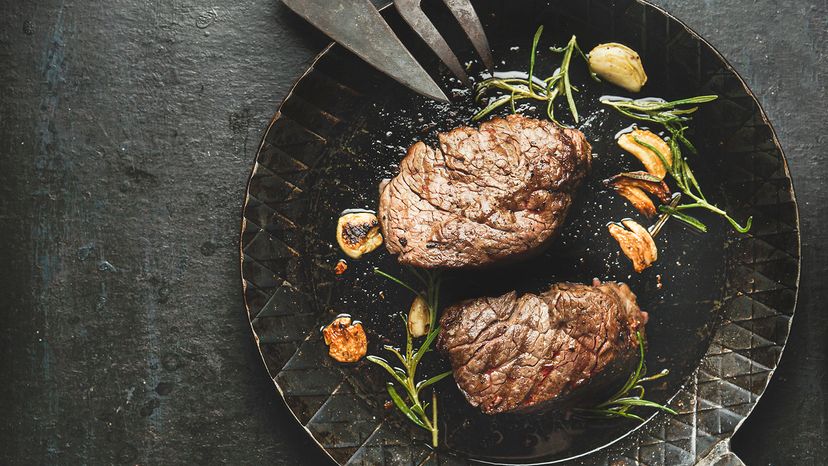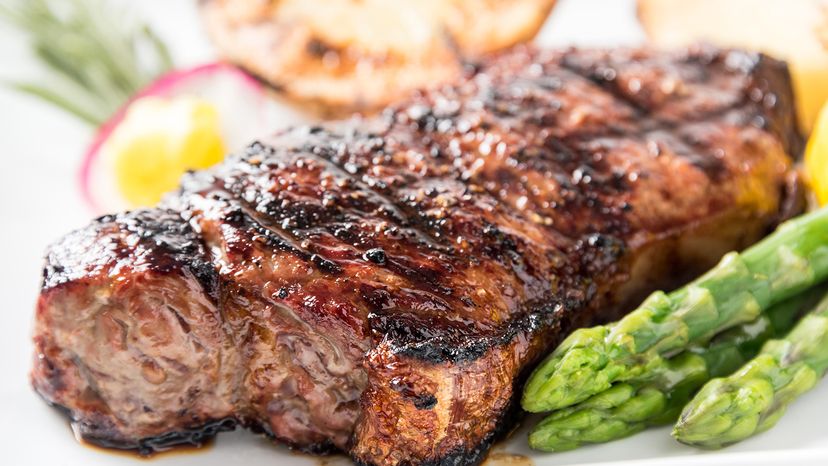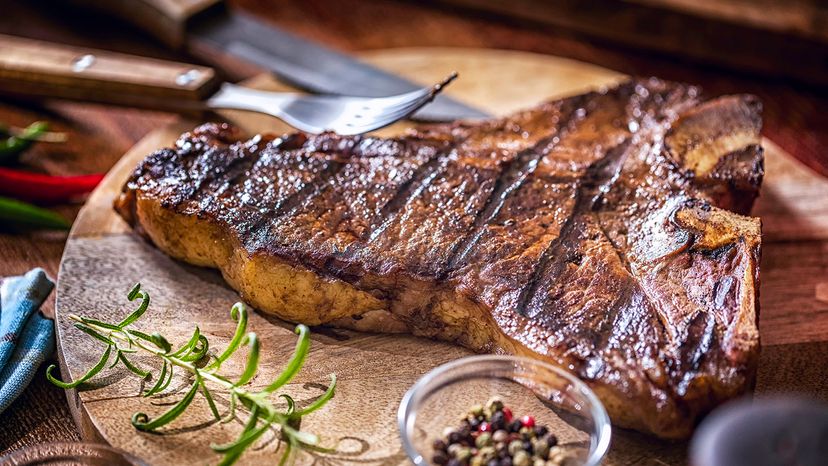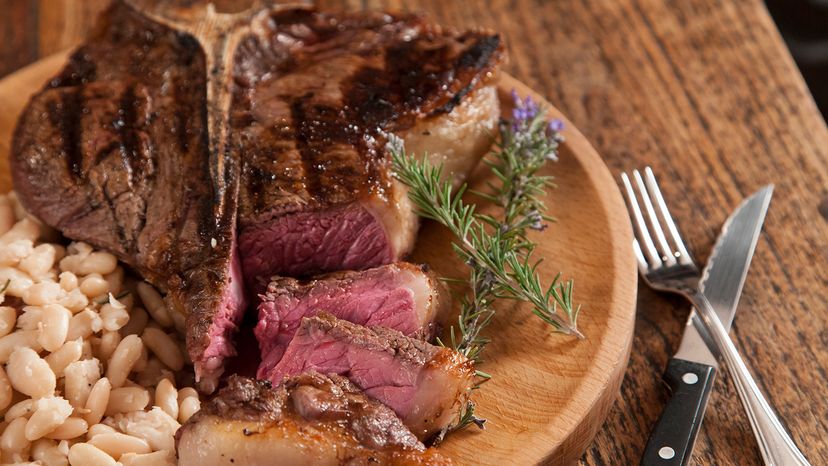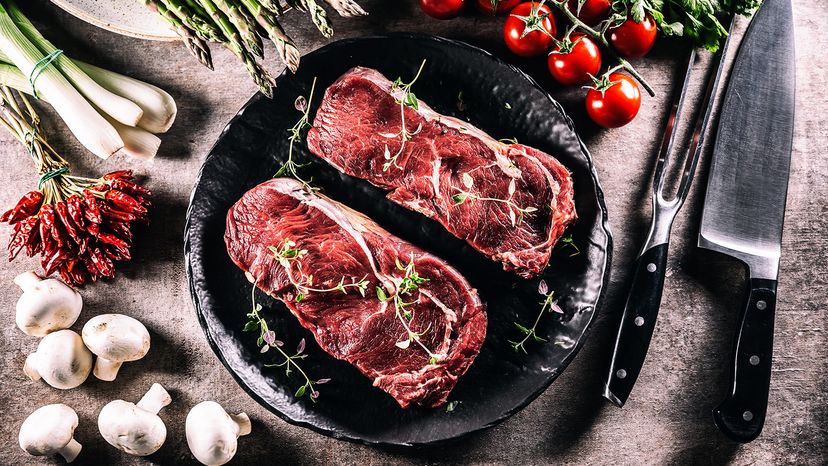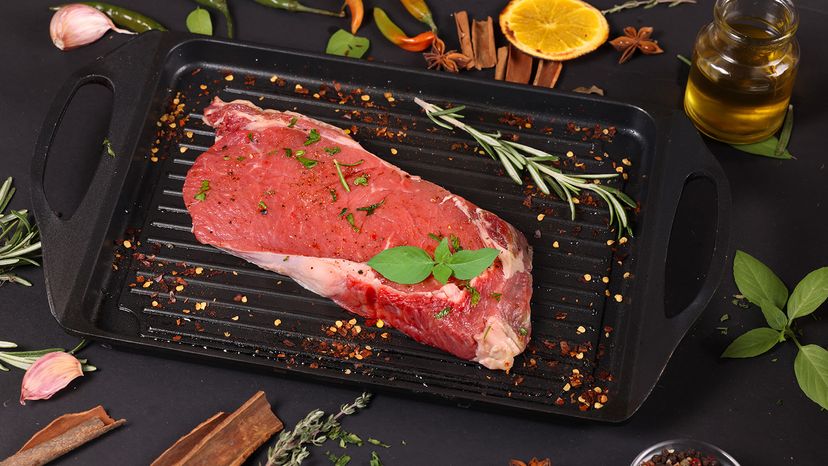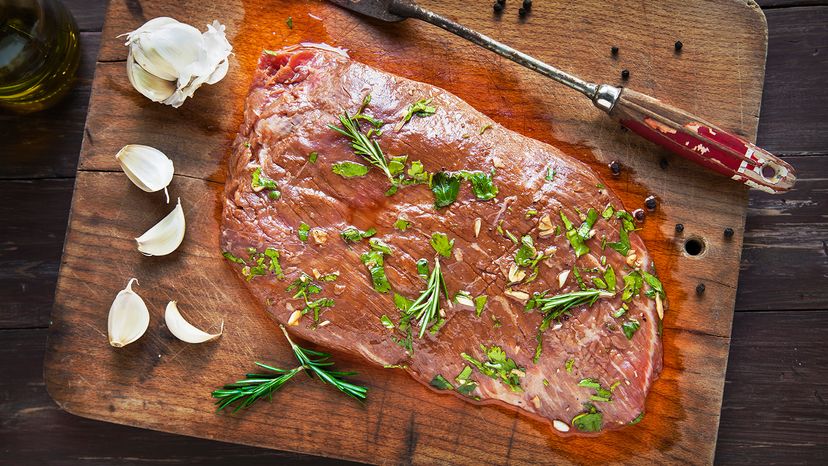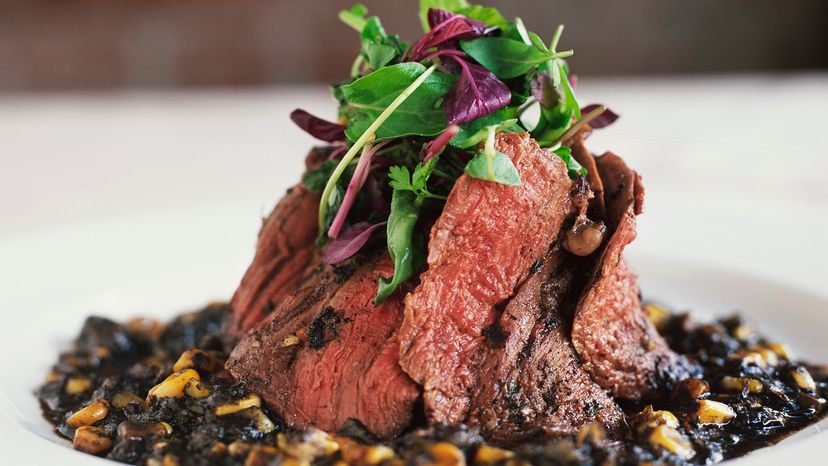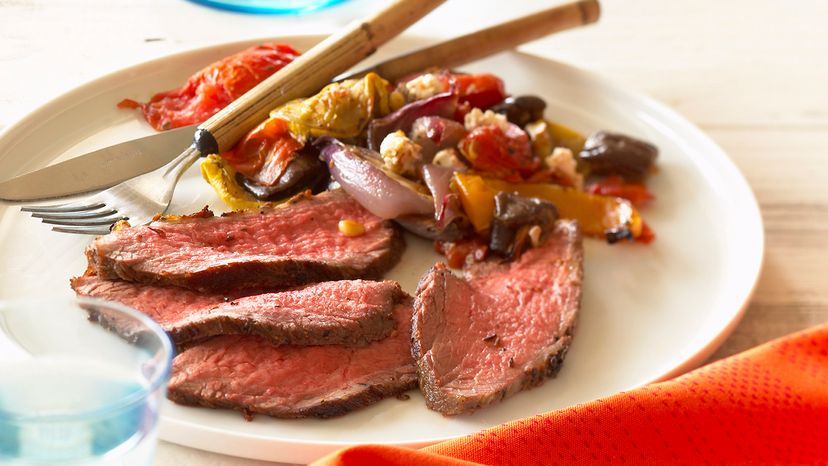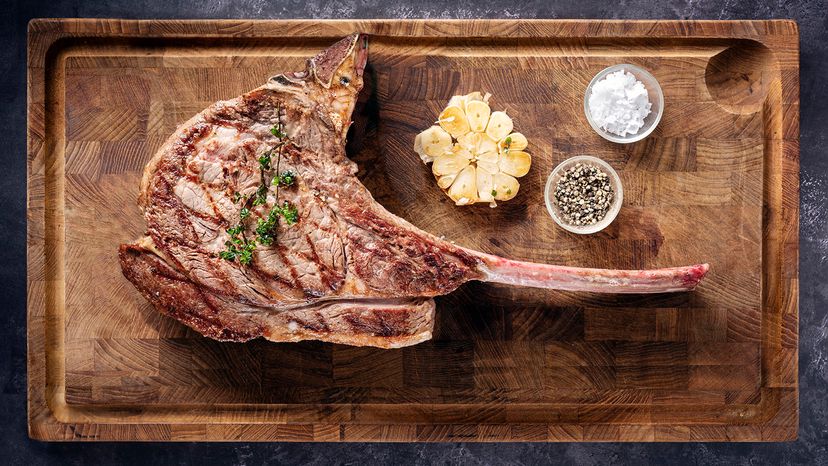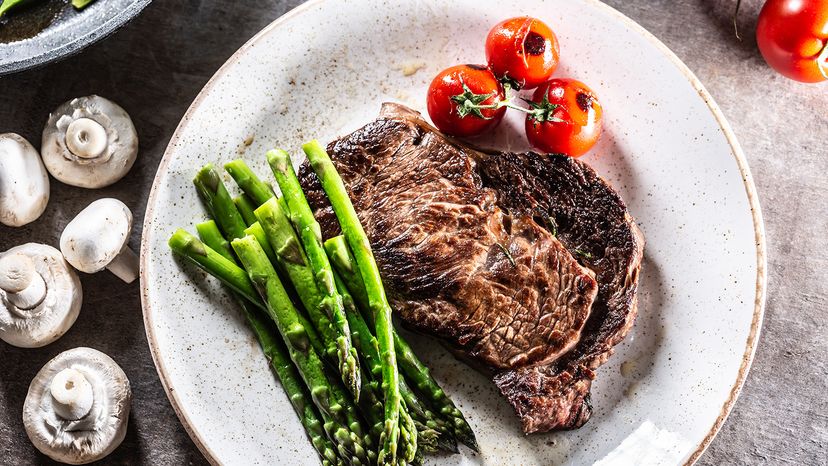
Whether you're grilling at home or browsing a steakhouse menu, understanding the types of steak can help you choose the perfectly cooked, most flavorful cut.
Each cut of meat offers a different flavor profile, tenderness and ideal cooking methods. From robust flavor to melt-in-your-mouth texture, there’s a delicious steak for every omnivorous and carnivorous preference.
Advertisement

